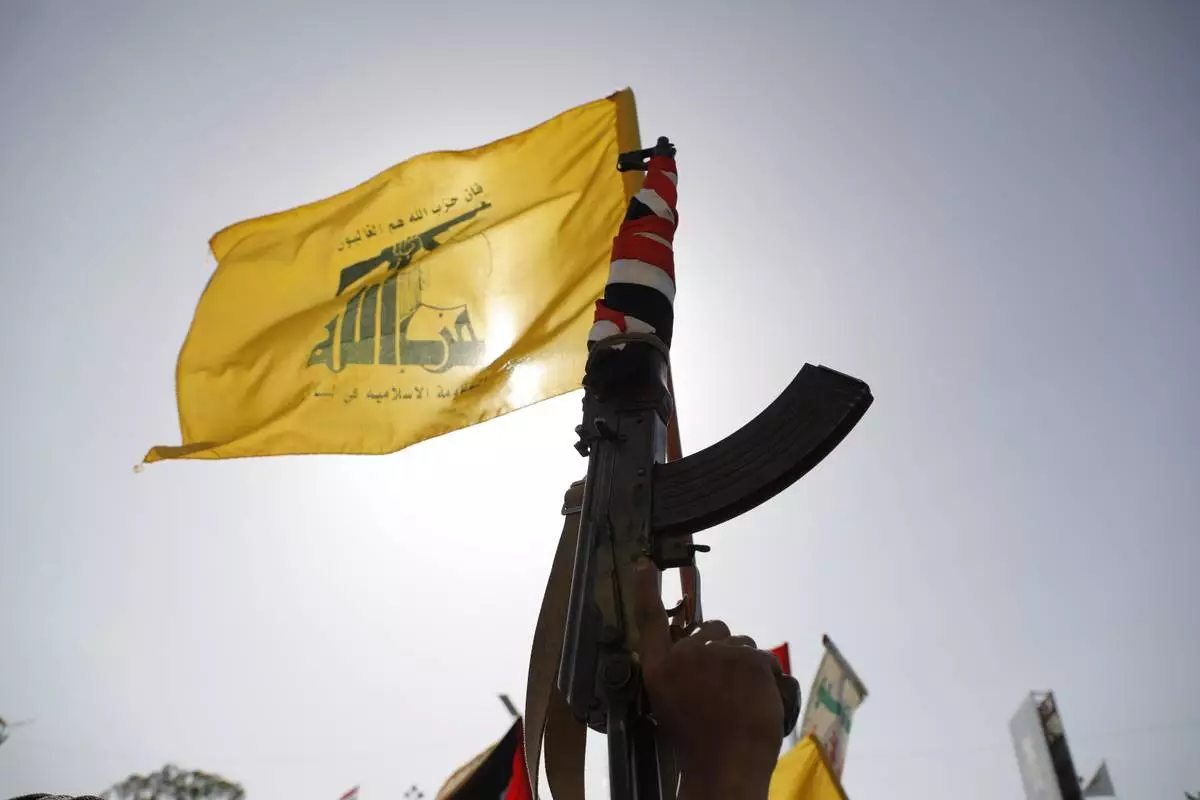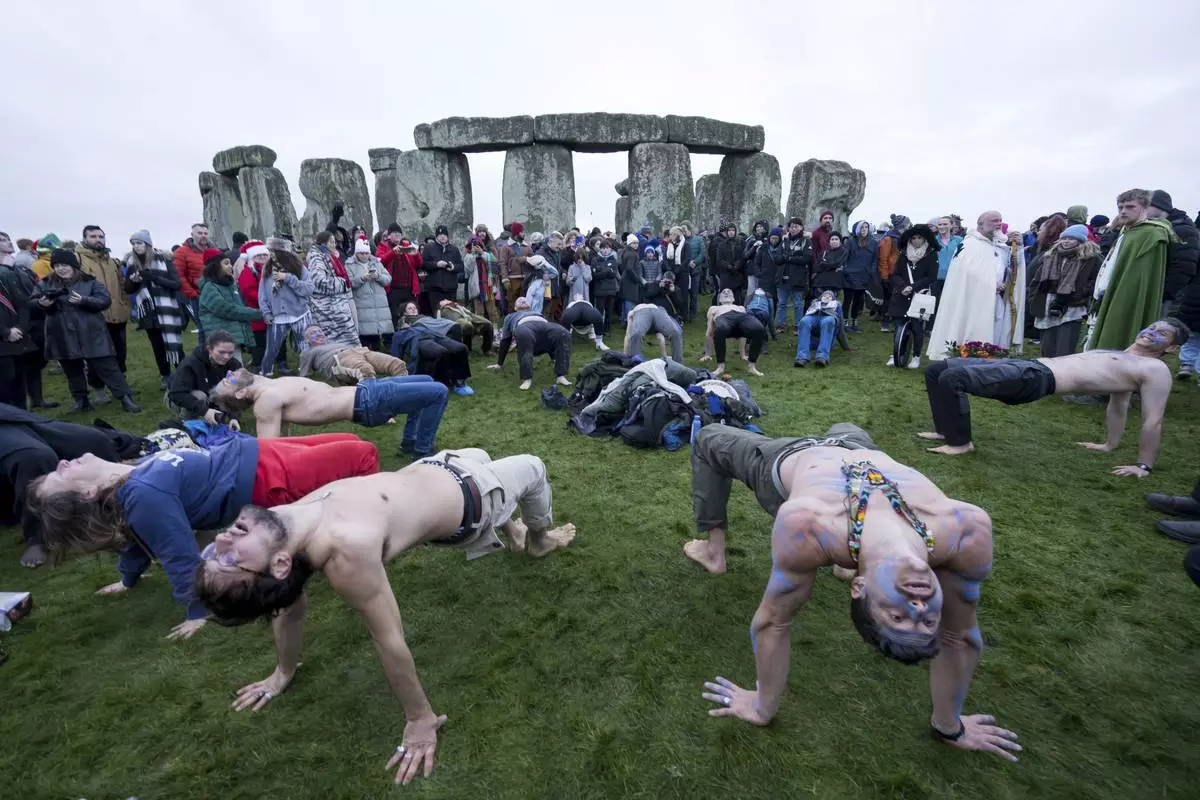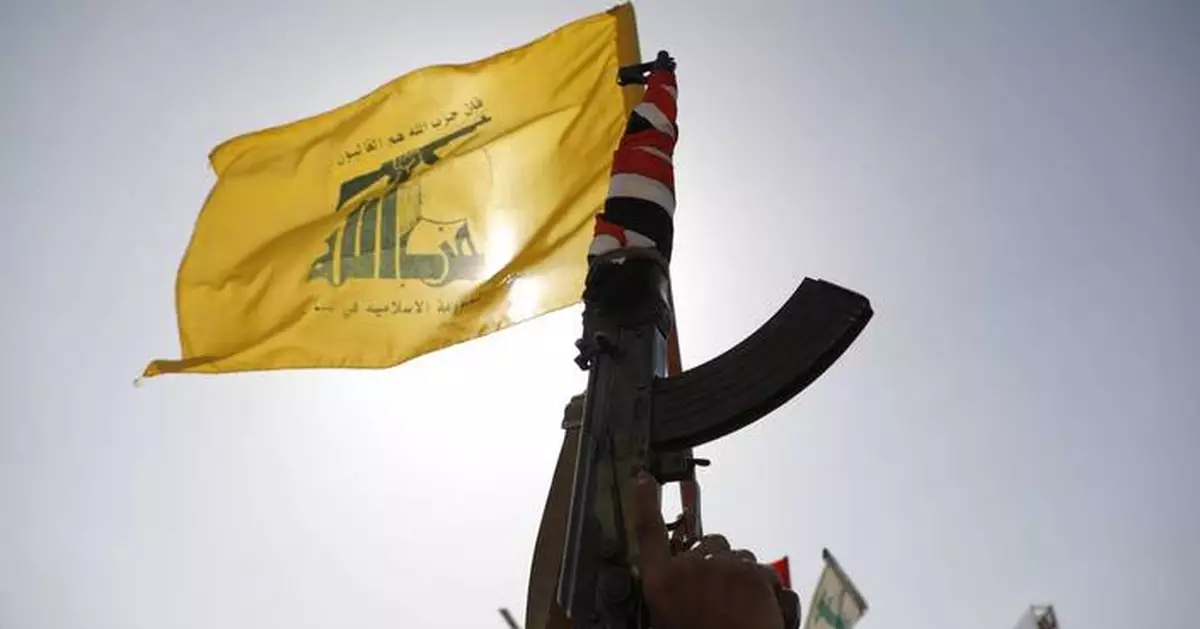WASHINGTON (AP) — The U.S. and British militaries struck more than a dozen Houthi targets in Yemen on Friday, going after weapons systems, bases and other equipment belonging to the Iranian-backed rebels, U.S. officials confirmed.
Military aircraft and warships bombed Houthi strongholds at roughly five locations, according to the officials.
Houthi media said seven strikes hit the airport in Hodeida, a major port city, and the Katheib area, which has a Houthi-controlled military base. Four more strikes hit the Seiyana area in Sanaa, the capital, and two strikes hit the Dhamar province. The Houthi media office also reported three air raids in Bayda province, southeast of Sanaa.
The strikes come just days after the Houthis threatened “escalating military operations” targeting Israel after they apparently shot down a U.S. military drone flying over Yemen. And just last week, the group claimed responsibility for an attack targeting American warships.
The rebels fired more than a half dozen ballistic missiles and anti-ship cruise missiles and two drones at three U.S. ships that were traveling through the Bab el-Mandeb Strait, but all were intercepted by the Navy destroyers, according to several U.S. officials.
The officials spoke on condition of anonymity to discuss details not yet publicly released.
Houthis have targeted more than 80 merchant vessels with missiles and drones since the Israel-Hamas war in Gaza started last October. They have seized one vessel and sunk two in the campaign that has also killed four sailors.
Other missiles and drones have either been intercepted by a U.S.-led coalition in the Red Sea or failed to reach their targets, which have included Western military vessels.
The group has maintained that they target ships linked to Israel, the U.S. or the United Kingdom to force an end to Israel’s campaign against Hamas in Gaza. However, many of the ships attacked have little or no connection to the conflict, including some bound for Iran.
AP writer Samy Magdy in Cairo contributed to this report.

A Houthi supporter raises a Hezbollah flag during an anti-Israel and anti-U.S. rally in Sanaa, Yemen, Friday, Sept. 27, 2024. (AP Photo/Osamah Abdulrahman)
LONDON (AP) — Thousands of tourists, pagans, druids and people simply yearning for the promise of spring marked the dawn of the shortest day of the year at the ancient Stonehenge monument on Saturday.
Revelers cheered and beat drums as the sun rose at 8:09 a.m. (0809 GMT) over the giant standing stones on the winter solstice — the shortest day and the longest night in the Northern Hemisphere. No one could see the sun through the low winter cloud, but that did not deter a flurry of drumming, chanting and singing as dawn broke.
There will be less than eight hours of daylight in England on Saturday — but after that, the days get longer until the summer solstice in June.
The solstices are the only occasions when visitors can go right up to the stones at Stonehenge, and thousands are willing to rise before dawn to soak up the atmosphere.
The stone circle, whose giant pillars each took 1,000 people to move, was erected starting about 5,000 years ago by a sun-worshiping Neolithic culture. Its full purpose is still debated: Was it a temple, a solar calculator, a cemetery, or some combination of all three?
In a paper published in the journal Archaeology International, researchers from University College London and Aberystwyth University said the site on Salisbury Plain, about 128 kilometers (80 miles) southwest of London, may have had political as well as spiritual significance.
That follows from the recent discovery that one of Stonehenge’s stones — the unique stone lying flat at the center of the monument, dubbed the “altar stone” — originated in Scotland, hundreds of miles north of the site. Some of the other stones were brought from the Preseli Hills in southwest Wales, nearly 240 kilometers (150 miles) to the west,
Lead author Mike Parker Pearson from UCL’s Institute of Archaeology said the geographical diversity suggests Stonehenge may have served as a “monument of unification for the peoples of Britain, celebrating their eternal links with their ancestors and the cosmos.”

A person holds up a smart phone as they wait for sunrise during the winter Solstice celebrations at Stonehenge, England, Saturday, Dec. 21, 2024. (AP Photo/Anthony Upton)

Arthur Pendragon poses for a portrait as he takes part in the winter solstice celebrations at Stonehenge, England, Saturday, Dec. 21, 2024. (AP Photo/Anthony Upton)

A person's face is daubed with blue paint as they take part in the winter Solstice celebrations at Stonehenge, England, Saturday, Dec. 21, 2024. (AP Photo/Anthony Upton)

A person's face is daubed with blue paint as they take part in the winter Solstice celebrations at Stonehenge, England, Saturday, Dec. 21, 2024. (AP Photo/Anthony Upton)

People take part in the winter Solstice celebrations at Stonehenge, England, Saturday, Dec. 21, 2024. (AP Photo/Anthony Upton)

People tale part in the winter Solstice celebrations at Stonehenge, England, Saturday, Dec. 21, 2024. (AP Photo/Anthony Upton)

People take part in the winter solstice celebrations during sunrise at Glastonbury Tor in Somerset, England, Saturday Dec. 21, 2024. (James Manning/PA via AP)

People take part in the winter solstice celebrations during sunrise at Glastonbury Tor in Somerset, England, Saturday Dec. 21, 2024. (James Manning/PA via AP)


















